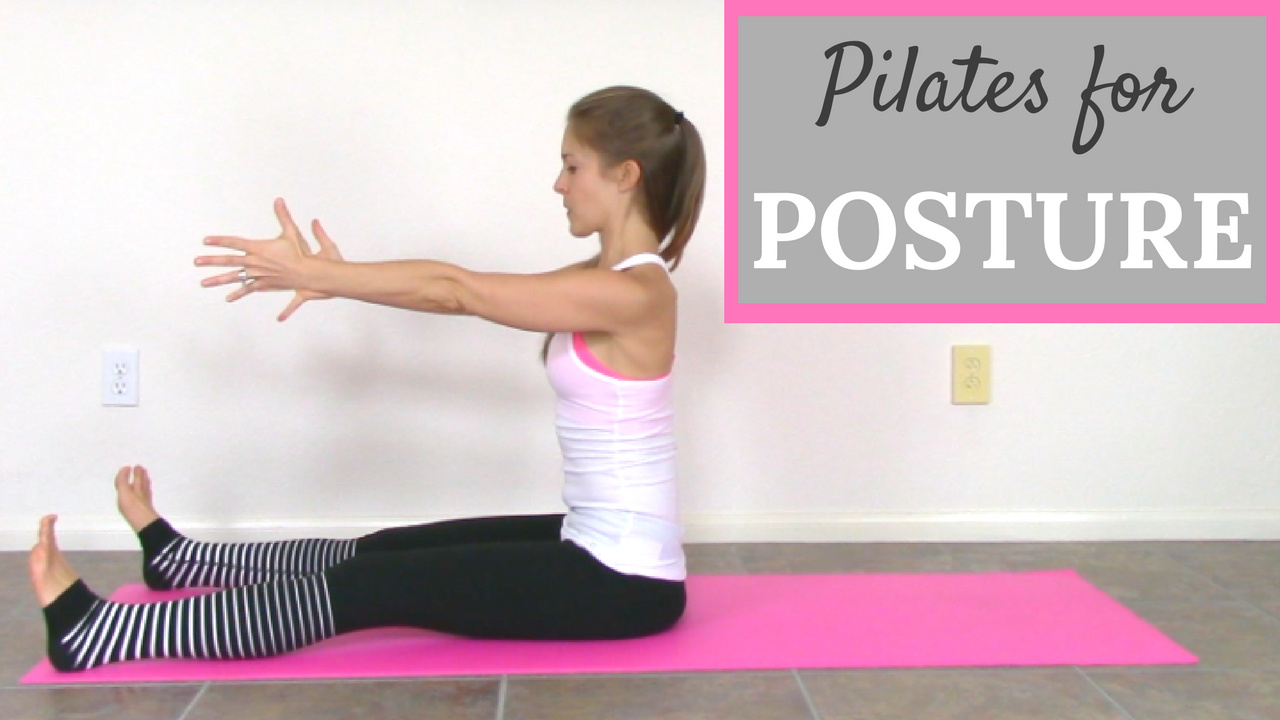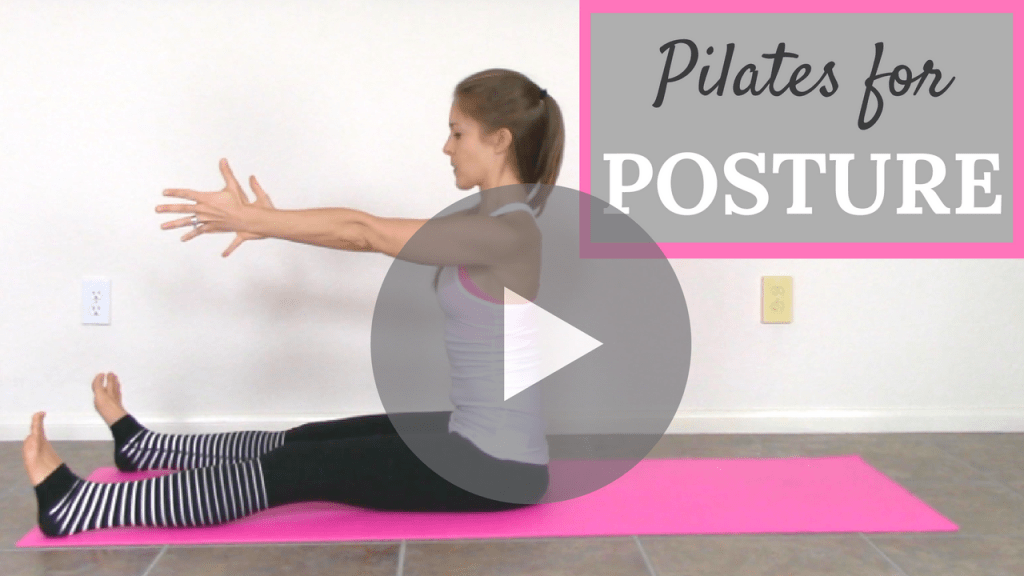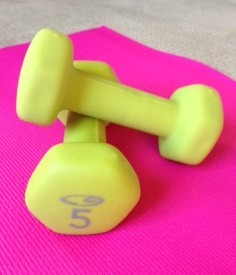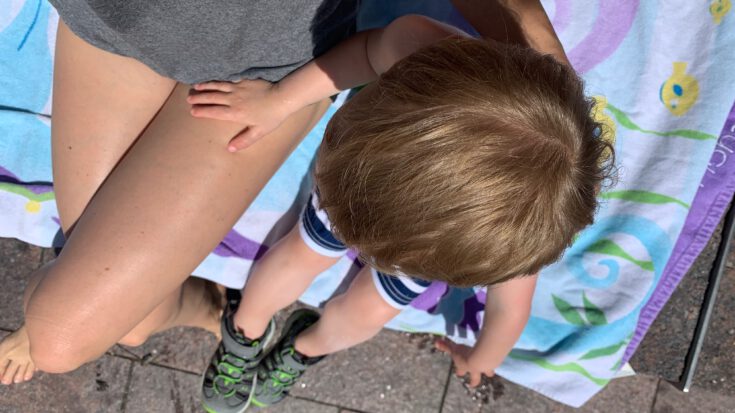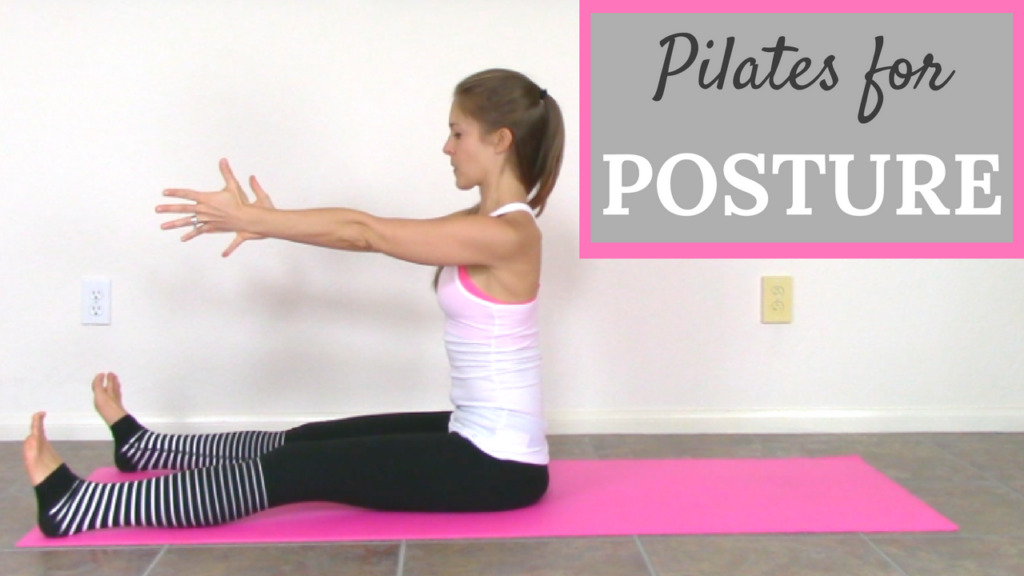
Posture Exercises
We all know we should stand up straight.
There are actually so many other pieces involved in good posture other than simply standing up straighter!
Proper posture is the place in space where your body is in perfect alignment. All forces are balanced, meaning the muscles are working exactly as much as they should – not any more and not any less.
The bones are lined up from bottom to top in a way that allows them to work in the most efficient way. This means that the body is able to stand or sit in gravity without being weighed down or forced into a inefficient and unsafe position.
Proper posture gives us space in our bodies. Space between joints, space in our lungs to breathe, space in our abdominal cavity for organs to work correctly and ligaments and fascial lines to have the correct pull.
Let’s take a real life example to break this down so it makes sense.
Picture yourself sitting at your computer (maybe you are there right now!).
I bet most of you just sat up straighter knowing I’m about to pick on your posture :).
When we sit at the computer, we often times scoot to the front of our chairs. It’s faster and easier than actually scooting the chair in under the desk sometimes. So already our pelvis has to go into an anterior tilt to accommodate for this, which leads to tightness in the hip flexors and an increased arch (lordosis) in the low back.
As the day progresses, we end up bringing our head forward and our shoulders round. It looks like a slumped position. We call this “forward head rounded shoulders” posture. It happens at the computer, while texting or reading our phones or hunching over a steering wheel all day.
This postural position can cause excessive problems over time. You have taken your head out of its proper alignment over the neck and shoulders, so there is more gravitational force downward on your head. You have to then lift your eyes slightly to see in front of you. This causes a tightness in the suboccipital muscles at the base of the skull, which can lead to tension headaches.
Those knots you get constantly in your neck and shoulders?
It can be from this postural position.
The rotator cuff and upper back muscles get stretched and end up very weak, while the chest muscles tighten. Because of this change in the thoracic ring, your breathing pattern changes and the diaphragm isn’t able to work optimally. The core muscles weaken as well, which can lead to poor movement patterns and back pain.
All from poor posture!
The good news is there are posture exercises you can do at home to help prevent and reverse poor posture.
In addition to starting these posture exercises a few times a week, I suggest starting to really pay attention to how you stand and sit during the day. When you are at your desk, scoot the chair all the way in and make sure you are sitting up straight. When standing, make sure your knees are not locked and that your head is aligned over your shoulders (your ear should line up directly over your shoulder joint when looking from the side).
I created this Pilates based Posture Correction Workout for anyone who wants to feel taller, improve back strength, improve their posture, decrease the knots in their shoulders and neck and find more space in their joints.
I hope you enjoy it!
*While I am a physical therapist, I am not your physical therapist. This workout is not meant to diagnose or treat any condition. As always, check with your doctor before starting a new exercise program and stop immediately if you have pain or dizziness.
